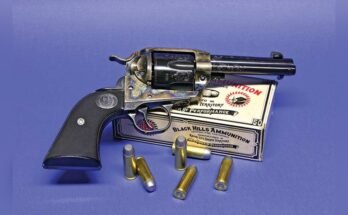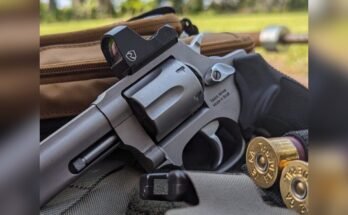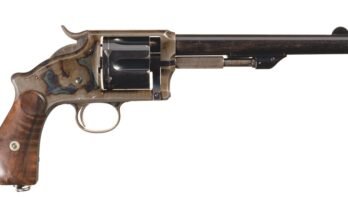Have you ever wondered what sets a single-action revolver apart from other guns? If you’re curious about how these classic firearms work and why they have a special place in history and shooting sports, you’re in the right place.
Understanding what makes a revolver single-action will not only satisfy your curiosity but also help you appreciate its unique design and operation. Keep reading, and you’ll discover the simple yet fascinating mechanics behind single-action revolvers that every gun enthusiast should know.

Single-action Basics
Understanding the basics of single-action revolvers helps explain what makes them unique. These firearms have a simple mechanism that controls how they fire. Knowing this mechanism gives insight into their use and design.
How Single-action Works
In a single-action revolver, the shooter must manually cock the hammer. Cocking the hammer prepares the gun to fire. After cocking, pulling the trigger releases the hammer. The hammer then strikes the firing pin, igniting the cartridge. Each shot requires the hammer to be cocked again. This process makes the trigger pull lighter and shorter.
Difference From Double-action
Double-action revolvers work differently from single-action ones. They allow the shooter to fire by just pulling the trigger. Pulling the trigger both cocks and releases the hammer. This makes the trigger pull longer and heavier. Single-action revolvers need manual cocking before each shot. Double-action revolvers can fire faster but with more effort on the trigger.
Trigger Mechanism
The trigger mechanism is the core part of a single-action revolver. It controls how the gun fires with each pull. Understanding this mechanism helps to know why the revolver is called “single-action.”
Role Of The Hammer
The hammer is a key piece in the trigger mechanism. It must be pulled back or “cocked” before firing. Cocking the hammer moves it into position to strike the firing pin.
In single-action revolvers, the hammer does the main work. The trigger only releases the hammer. This makes the trigger pull light and smooth.
Trigger Pull Process
Pulling the trigger in a single-action revolver does one thing: it releases the hammer. The hammer then hits the firing pin, firing the bullet. The trigger does not cock the hammer.
This means the shooter must manually cock the hammer before each shot. The trigger pull is short and requires less force. This design offers better control and accuracy.
Loading And Firing
Loading and firing a single-action revolver involves a clear, step-by-step process. This process highlights what makes the revolver unique. Understanding how to load and fire helps users handle the revolver safely and effectively.
Manual Cocking
The shooter must pull back the hammer before each shot. This action is called manual cocking. Cocking sets the hammer in a ready position. It also rotates the cylinder to align the next bullet with the barrel. Without cocking, the revolver will not fire.
Firing Sequence
Once cocked, pulling the trigger releases the hammer. The hammer strikes the firing pin or cartridge primer. This impact ignites the gunpowder inside the cartridge. The explosion pushes the bullet out of the barrel. After firing, the hammer falls back to its resting position. The shooter must cock the hammer again for the next shot.
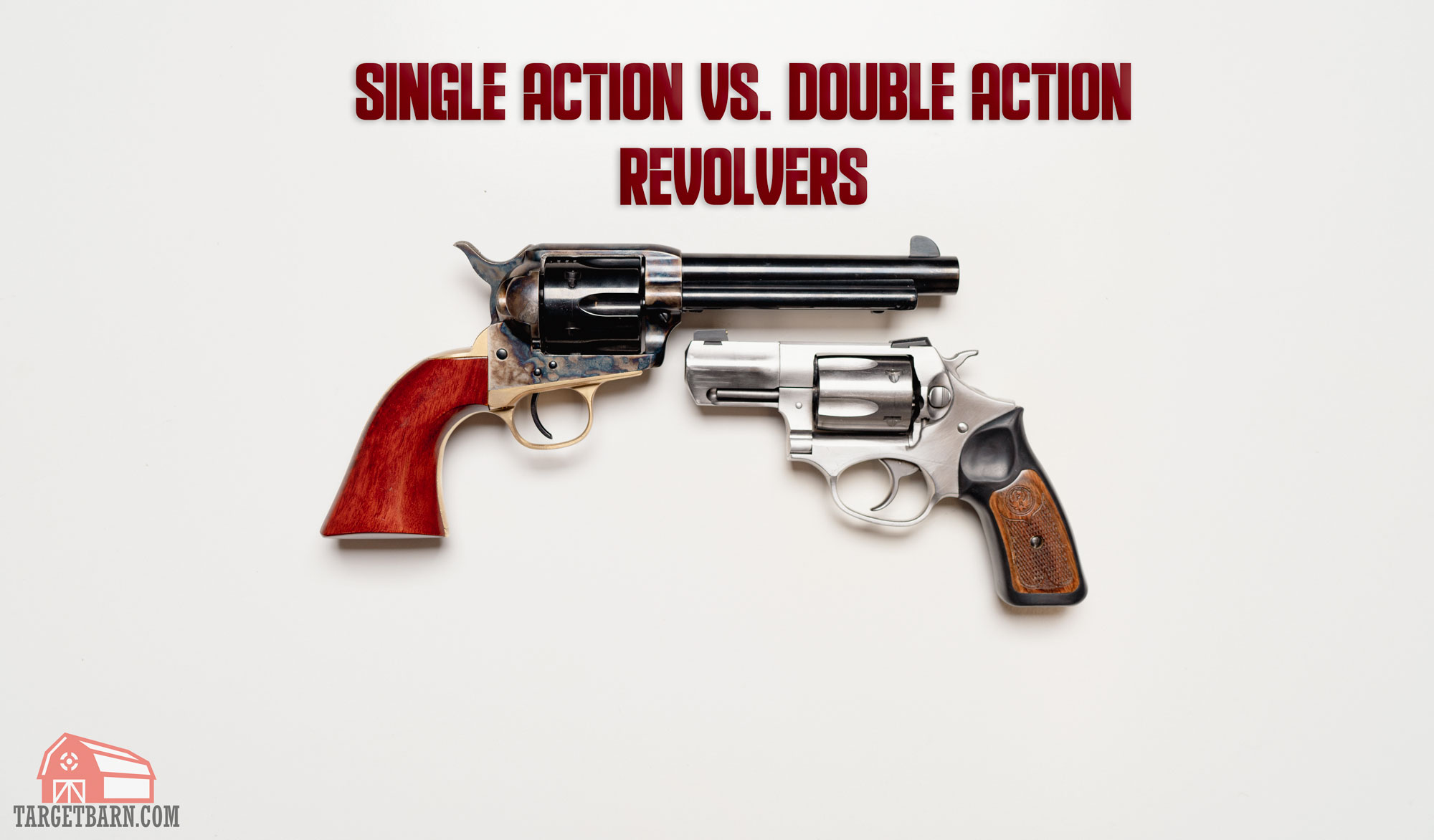
Design Features
The design of a single-action revolver sets it apart from other types. Every part has a role that creates its unique action. Understanding these design features helps explain why it operates the way it does.
Cylinder Operation
The cylinder holds the bullets in separate chambers. In a single-action revolver, the shooter must manually cock the hammer. This action rotates the cylinder, aligning a new chamber with the barrel. The cylinder stays locked in place until the trigger is pulled. The trigger only releases the hammer; it does not rotate the cylinder.
Frame Structure
The frame supports the barrel, cylinder, and hammer. It is usually solid and sturdy to handle the firing force. The hammer sits on a pivot and must be pulled back manually. This cocking action prepares the gun to fire. The trigger has a simple job: to release the hammer once cocked. The frame’s design limits the trigger’s movement to this single action, giving the revolver its name.
Advantages Of Single-action
Single-action revolvers offer several key advantages that appeal to many shooting enthusiasts. Their design focuses on simplicity, which often leads to better performance and ease of use. These revolvers are valued for their precision and dependable function.
Accuracy Benefits
Single-action revolvers allow shooters to prepare the hammer manually. This control helps aim carefully before firing. The light trigger pull reduces movement during shooting. Less trigger pull means fewer chances to move the gun off target. This leads to more consistent and accurate shots.
Simplicity And Reliability
The single-action mechanism has fewer moving parts than other types. This simplicity means less can go wrong during use. Fewer parts also make cleaning and maintenance easier. Single-action revolvers often work well in tough conditions. They are trusted for their strong and steady performance.
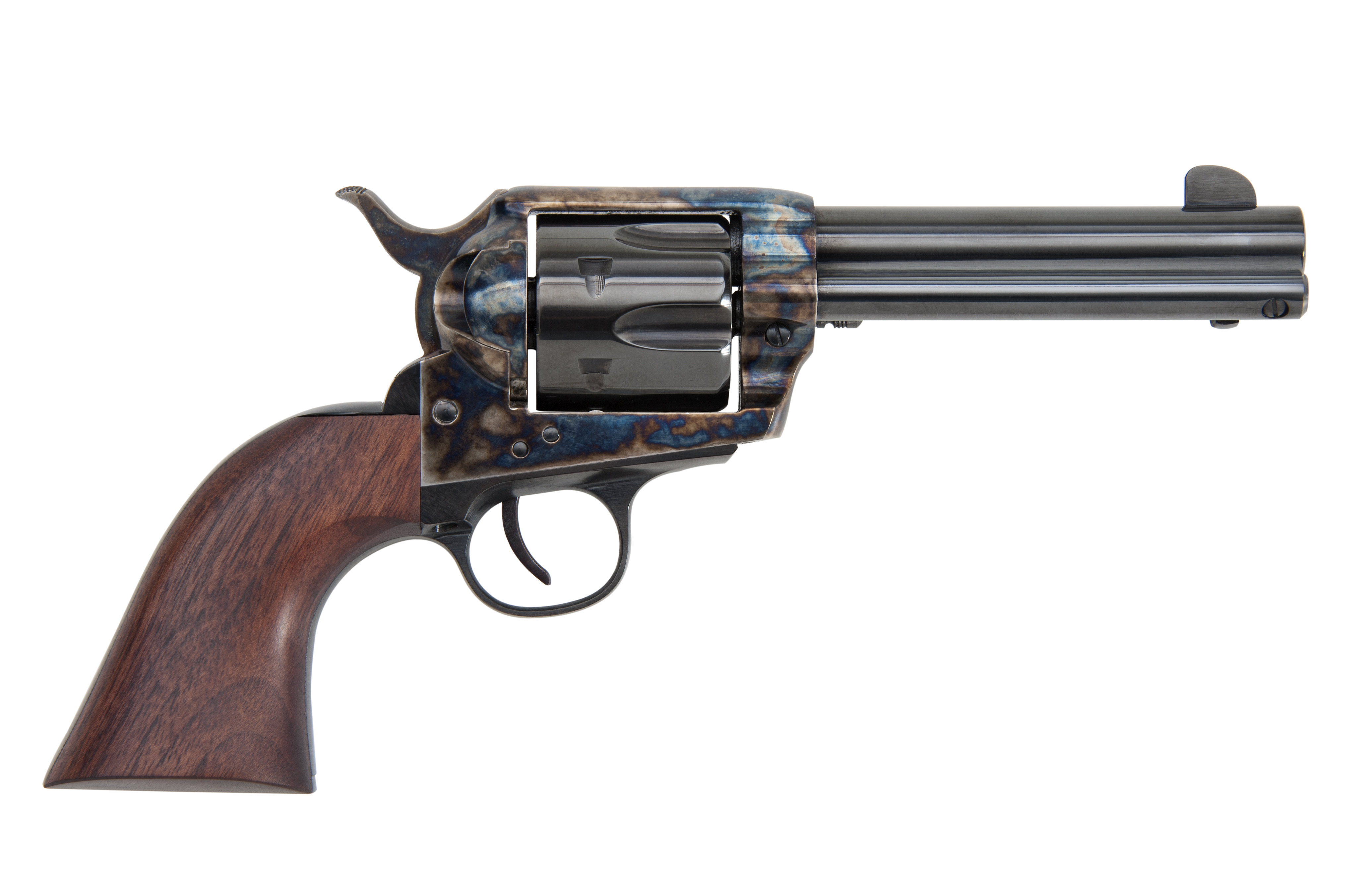
Common Single-action Models
Single-action revolvers have a rich history and distinct style. They are known for their simplicity and reliability. Many models have become famous over the years. These revolvers appeal to collectors, shooters, and history lovers alike.
Common single-action models range from classic designs to modern updates. Each type offers unique features. Some keep the old-school look, while others add new technology. Both types maintain the single-action mechanism that defines them.
Classic Revolvers
Classic single-action revolvers are iconic. The Colt Single Action Army is one of the most famous. It earned the nickname “Peacemaker.” This revolver was widely used in the late 1800s. Its solid design and easy operation made it popular.
Another well-known classic is the Smith & Wesson Model 3. It was used by the military and civilians. These revolvers have a simple hammer that must be cocked before firing. This action gives the shooter control and precision.
These classic models often have steel frames and wooden grips. Their design emphasizes durability and style. Many collectors prize original or well-maintained versions.
Modern Variants
Modern single-action revolvers combine tradition with innovation. Some brands create new versions of classic guns. These include updated materials and finishes. They keep the single-action trigger for authenticity.
Examples include the Ruger Vaquero and the Uberti Cattleman. These revolvers offer better corrosion resistance and improved accuracy. They appeal to shooters who want a classic feel with modern reliability.
Manufacturers also add safety features and ergonomic grips. These changes enhance comfort and handling. Modern variants keep the spirit of classic revolvers alive.
Frequently Asked Questions
What Does Single-action Mean In A Revolver?
Single-action means you manually cock the hammer before each shot. Pulling the trigger only releases the hammer to fire. This action is simpler and often results in a lighter trigger pull. It contrasts with double-action revolvers where the trigger both cocks and releases the hammer.
How Is A Single-action Revolver Different From Double-action?
Single-action revolvers require manual cocking of the hammer before firing. Double-action revolvers cock and release the hammer with one trigger pull. Single-action offers a lighter trigger pull but slower shooting speed. Double-action is faster but often has a heavier trigger pull.
Why Do Some Shooters Prefer Single-action Revolvers?
Shooters prefer single-action revolvers for their simplicity and accuracy. The lighter trigger pull improves shot precision. They also have a classic design many find appealing. Single-action revolvers are favored in cowboy action shooting and historical reenactments.
Can Single-action Revolvers Be Fired Without Cocking The Hammer?
No, single-action revolvers cannot fire without cocking the hammer first. The trigger only releases the cocked hammer; it does not cock it. Firing without cocking is impossible, making single-action revolvers safer in some handling situations.
Conclusion
A revolver is single-action because you must cock the hammer first. This action sets the gun to fire with one pull of the trigger. The trigger only releases the hammer; it does not cock it. This design makes shooting slower but more precise.
Single-action revolvers have a simple and classic mechanism. They remain popular for their reliability and ease of use. Understanding this helps you appreciate how these guns work. It also shows why they hold a special place in firearm history.

